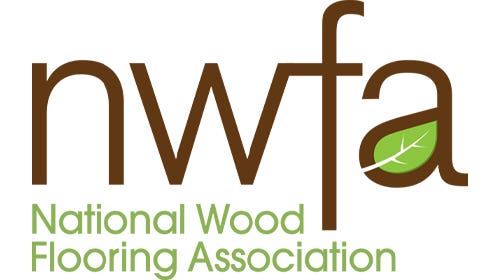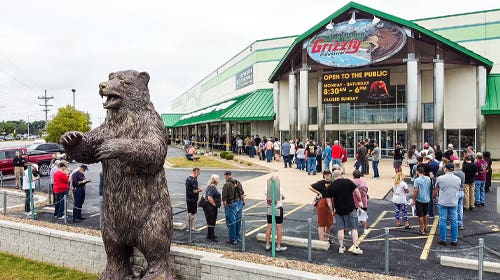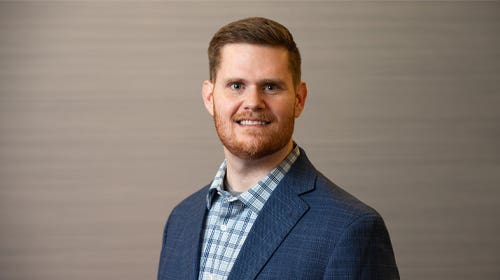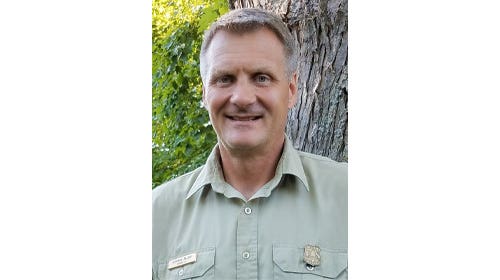CERF contributes to FEMA reforms
The Craft Emergency Relief Fund, also known as CERF+, is raising awareness about recent Federal Emergency Management Agency (FEMA).
The Craft Emergency Relief Fund, also known as CERF+, is raising awareness about recent Federal Emergency Management Agency (FEMA) rule changes set to take place this spring that will assist craft artists and other entrepreneurs seeking federal assistance after disasters.
Specifically, the new rule change, Simplifying Assistance for Entrepreneurs, allows FEMA to provide self-employed survivors with some initial financial support to replace disaster-damaged tools and equipment, or other items required for a specific trade or profession. Previously, FEMA required self-employed individuals to apply for an SBA disaster loan to cover all business losses.
“The difference now is if self-employed workers lose tools that they need to get back to work, they are eligible for grants to replace or repair those tools. Previously, the best example I was able to come up with was in auto dealerships, mechanics who had to provide their own tools were eligible for that tool replacement before. So now, self-employed workers are eligible for assistance through FEMA,” says Craig Nutt, former CERF+ advisor on policy and government relations, who is also a self-employed woodworker based in Kingston Springs, Tenn.
In February, once the rule change was announced, CERF+ publicly recognized years of dedicated work by Nutt, as well as former CERF+ executive director Cornelia Carey.
“I believe the first discussions in the arts sector about changing this FEMA program began after 9/11 and then more intensively in a convocation hosted by Americans for the Arts and CERF in 2006 that resulted in the creation of the National Coalition for Arts Preparedness and Emergency Response. However, the most intensive stage of advocacy ramped up around 2013,” says Nutt.
“We’re optimistic, and I have to say that CERF’s board and management, staying on this and being behind it, it was no small thing for an organization like that to make such as long-term commitment as this, especially in our field where there is really not that much advocacy for that going on. We’ll just see how it plays out and hopefully advocates will be working with FEMA to help see that the programs are responsible in their communities that they’re supposed to be helping.”
Nutt added that there are still hurdles with the program ahead with this being a federal program, as individual states will need to willingly participate in and support the program. The final rule-making stage and public comment stage prior to assistance starting took place around mid-March, and rule specifics were not finalized at press time.
Learn more at cerfplus.org.
This article was originally published in the April 2024 issue.







